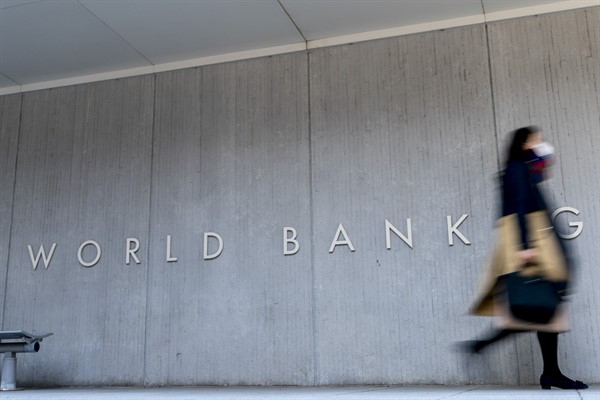In mid-February, the World Bank issued a warning: Many low-income countries hit hardest by the pandemic are now on the brink of serious debt crisis, complicating the global economic recovery from the COVID-19 pandemic.
While worries about the accumulated burden of sovereign debt and the possibility of a debt crisis have been present for years, the pandemic has exacerbated an already precarious situation for many low-income countries, revealing fundamental flaws in the current architecture for sovereign debt restructuring. These flaws are likely to become more evident in 2022, as Russia’s invasion of Ukraine contributes to higher global energy and food prices, as well as to general worries about sovereign default.
Experts have been warning about a pending debt crisis for years. Low-income developing countries saw their debt service burdens expand from 3.3 percent of government revenues in 2012 to 9.4 percent of government revenues in 2019. By the time COVID-19 emerged, governments of many low- and middle-income countries had already accumulated significant amounts of public debt. Private investors’ hunt for higher-yielding investments had allowed many Global South countries to issue sovereign bonds, often for the first time, and to do so at relatively low rates of interest. And in the decade before the pandemic, China significantly expanded its bilateral lending activity, often under the umbrella of its Belt and Road Initiative.

